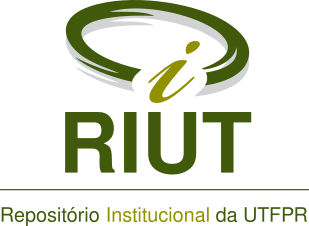Status of waste plastics handling in India: voluntary and statutory perspectives
Resumo
This study aims to assess the status and effectiveness of plastic waste management in India from both voluntary and statutory perspectives. A documentary and descriptive approach was employed, combining qualitative analysis of regulatory milestones—from the Environment Protection Act of 1986 through the 2025 amendments to the Plastic Waste Management Rules—with quantitative extraction of waste‐generation data from Central Pollution Control Board reports. Key findings include a 23 % increase in plastic waste generation between 2018–19 and 2020–21, with eight states accounting for 75 % of the national total, and the operationalization of Extended Producer Responsibility (EPR), which registered 3 Mt of obligations in FY 2022–23 with 2.5 Mt recycled. Despite 257 recycling plants nationwide, infrastructural gaps in urban sorting and reliance on an informal sector responsible for 70 % of PET recovery limit system efficiency. Technical challenges persist in processing multilayer packaging, and enforcement inconsistencies undermine regulatory credibility. Market projections estimate a USD 1.73 billion sector by 2025, highlighting investment opportunities in sorting, recycling technologies, and digital traceability. The study concludes that achieving circular‐economy targets—such as 30 % recycling of multilayer plastics by 2027–28—will require chemical recycling, enhanced sorting infrastructure, and formalization of informal actors. Recommendations include expanding urban triage networks, adopting market‐based EPR credit pricing, and integrating digital tools for material‐flow monitoring.
Palavras-chave
Texto completo:
PDF (English)DOI: 10.3895/rts.v21n66.20726
Apontamentos
- Não há apontamentos.
Direitos autorais 2025 CC-BY

Esta obra está licenciada sob uma licença Creative Commons Atribuição 4.0 Internacional.





